Samurais and swordplay: How militarily accurate is FX's TV series Shōgun?
FX's new epic drama Shōgun, based on James Clavell's 1975 bestselling novel, is set in Japan in the year 1600 at the dawn of a century-defining civil war, where honour is everything.
The 10-episode series that has been certified "fresh" by Rotten Tomatoes is receiving rave reviews for being a "riveting and ambitious story of war, betrayal and survival".
But is it as accurate as it is ambitious?
Here we take a detailed look at how authentic the series is in terms of its military accuracy and how it relates to what was happening in Japan between the Sengoku period of 1477- 573 and the Edo period of 1603-1868.
Alessio Patalano, Professor of War and Strategy in East Asia at the Department of War Studies at King's College London, says Shōgun doesn't rely on old-fashioned tropes and stereotypes, but instead manages to make historical accuracy enjoyable.
Speaking to Forces News about the military accuracy of the series, Prof Patalano said he would recommend his students watch the series so they can "start acquainting themselves with how it would have been like if you were to plunge into the past".
He said: "What would that look like? Well, that's as good as you could possibly get right now, right here."
Based on real-life events, the at times brutal historical epic novel-turned-TV series transports viewers to feudal Japan at a time when Lord Yoshii Toranaga – based on the real-life warlord and shōgun Tokugawa Ieyasu – is struggling for survival as his adversaries on the Council of Regents join forces against him.
The first Englishman to set foot in Japan
It is also an intriguing story of East meets West when the first Europeans to set foot in Japan emerge from a Dutch trading vessel that has been shipwrecked.

One of those is ship's pilot John Blackthorne (Cosmo Jarvis), based on real-life Gillingham-born William Adams, who joined the Royal Navy at 24 and eventually became the first samurai from England.
How accurate does Shōgun's historical consultant think it is?
Eriko Miyagawa, one of Shōgun's producers, saw authenticity as being a critical part of the show, saying: "I believe that's the reason they brought me on board along with groups of Japanese advisers.
"We did everything within our power to ensure the show is authentic," he explained.
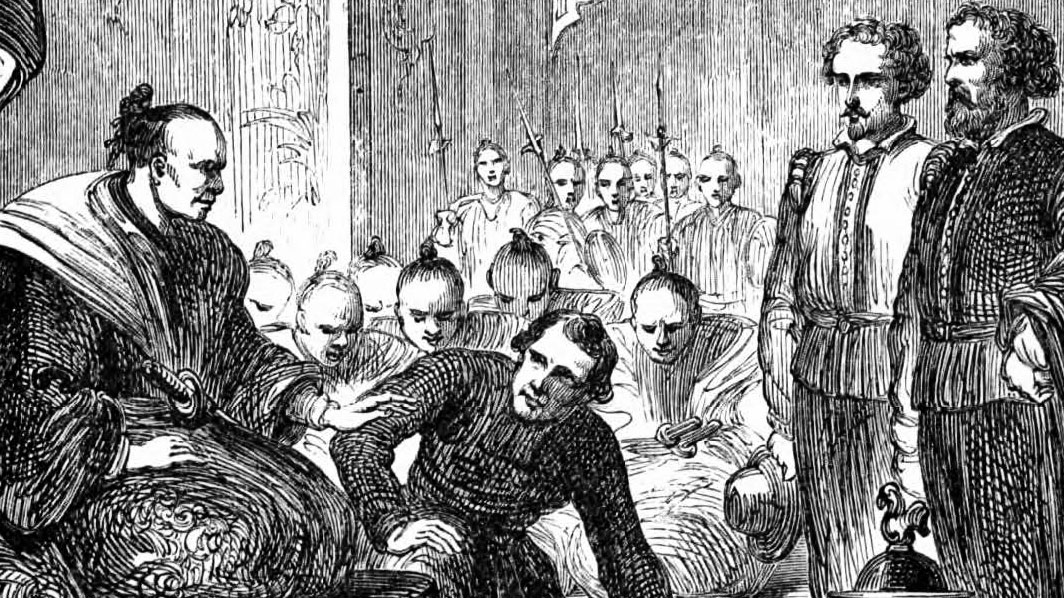
Frederik Cryns, the historical consultant for Shōgun and the author of In The Service Of The Shōgun: The Real Story Of William Adams, believes the show is 90% historically accurate.
Just like Mr Cryns, Prof Patalano has also consulted on television dramas and is aware it's not always possible to be totally accurate, despite calls from the general public for true authenticity.
He said: "It needs to have accuracy, but at the same time it needs to have appeal.
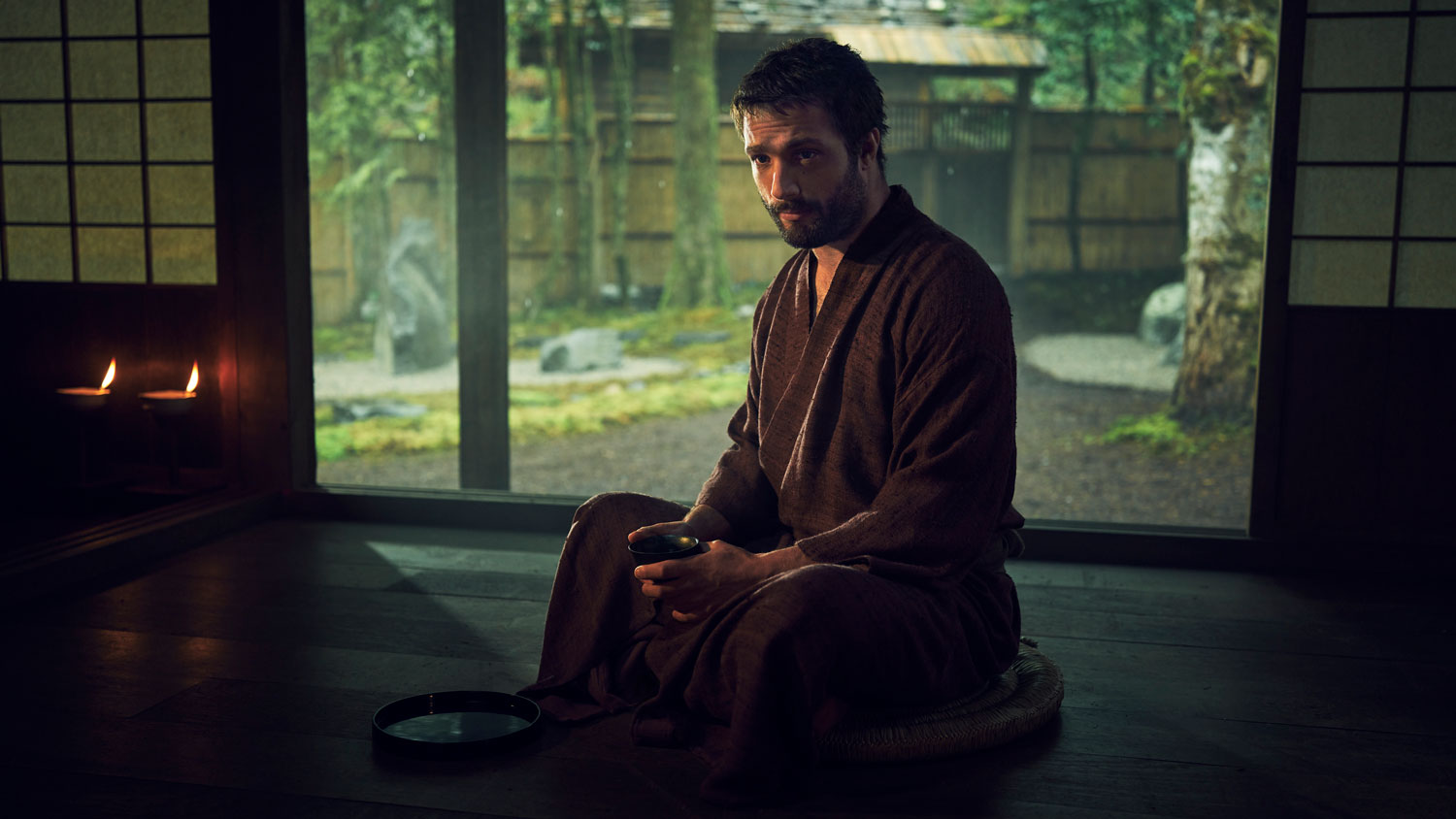
"It needs to have a storyline that people can connect to, and that means complexity has to be built upon.
"Television dramas these days have a massive advantage compared to film productions, for example, because they have something that in terms of historical accuracy is very important.
"[That is] time for character development. Particularly if you are venturing into a historical period drama placed in Japan in the 1600s, and you don't want it to be something that only people in Japan will watch.
"And so in that sense, I think when we're talking about the accuracy of the programme, I think the programme does a very good job in having some headline threads and themes."
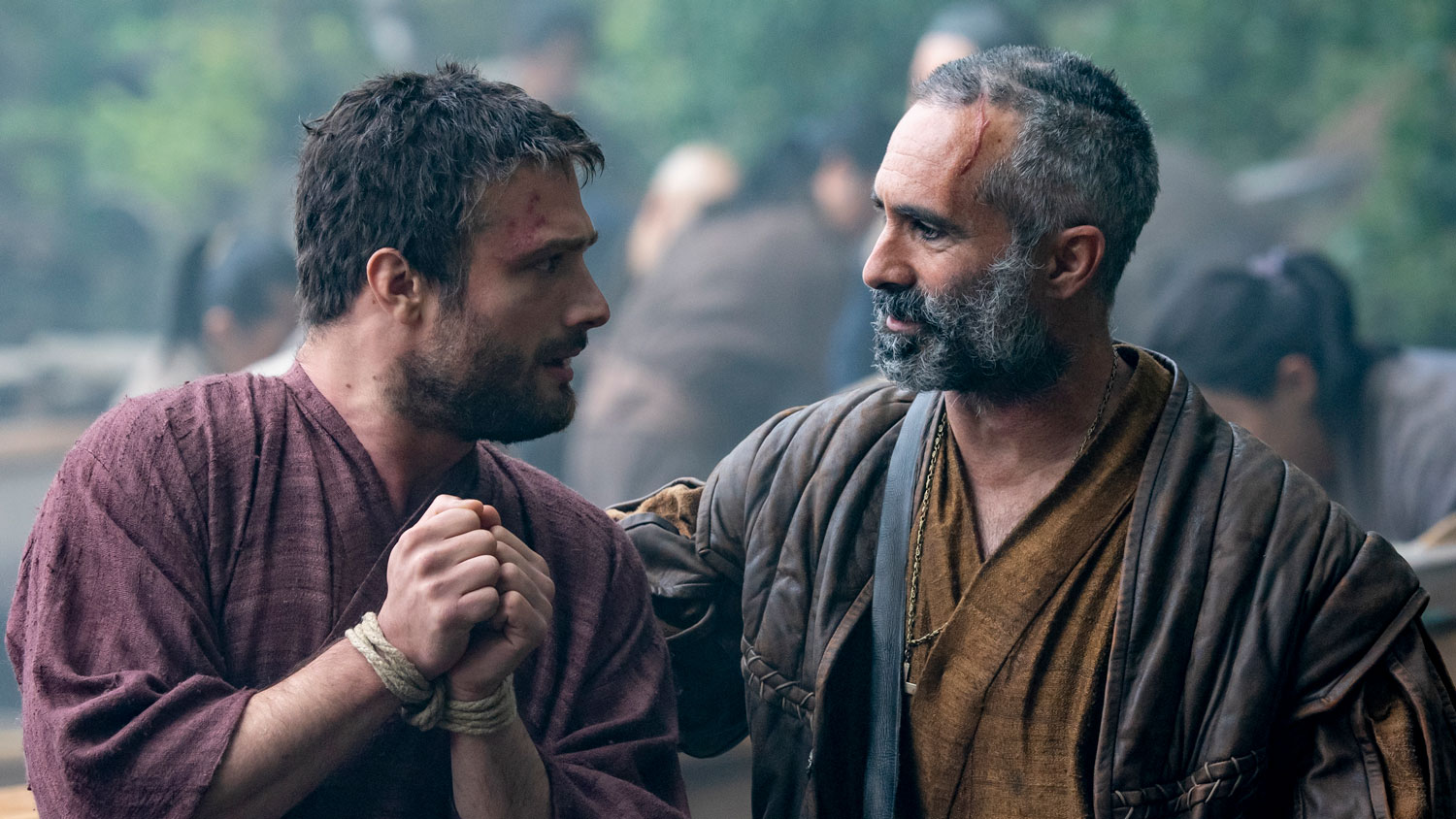
Exaggerating accuracy for entertainment
Prof Patalano is impressed by the authentic use of feudal-era Japanese language, the visual aesthetics that reflect the complexity of Japanese society in 1600, the attention paid to how sake was poured and so on.
He said: "There is an element of elegance and visual aesthetics that, if you are familiar even a tiny bit with Japanese culture, you can appreciate and value."
He also admires the series' attention to detail when it comes to the Japanese warriors' practices of the era.
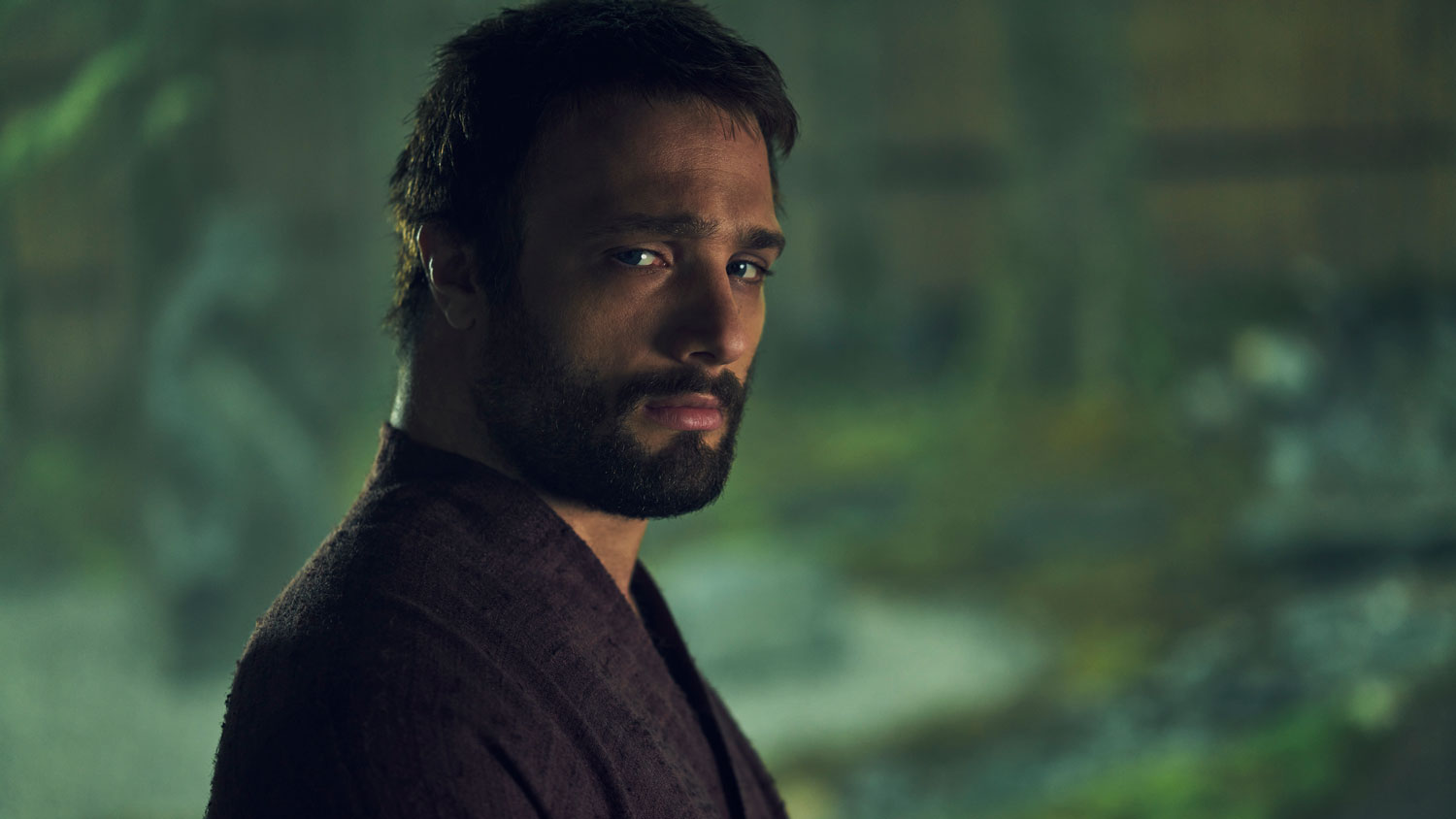
The arrival of Adams – and European cannons – allowed Japanese leaders to learn Royal Navy techniques, giving them an advantage over those still using traditional methods.
Artillery wasn't an unknown method of warfare in Japan in 1600 as the country had been using gunpowder weapons since the 14th century, but they were very expensive to make and were not the ideal weapon to use in Japan's tree-filled, mountainous terrain.
Shōgun focuses on the leaders' interest in discovering different ways of using European cannons and the scene showing the gruesome impact cannonballs fired accurately would have on an enemy's body would be correct due to the type of armour worn by the samurai.
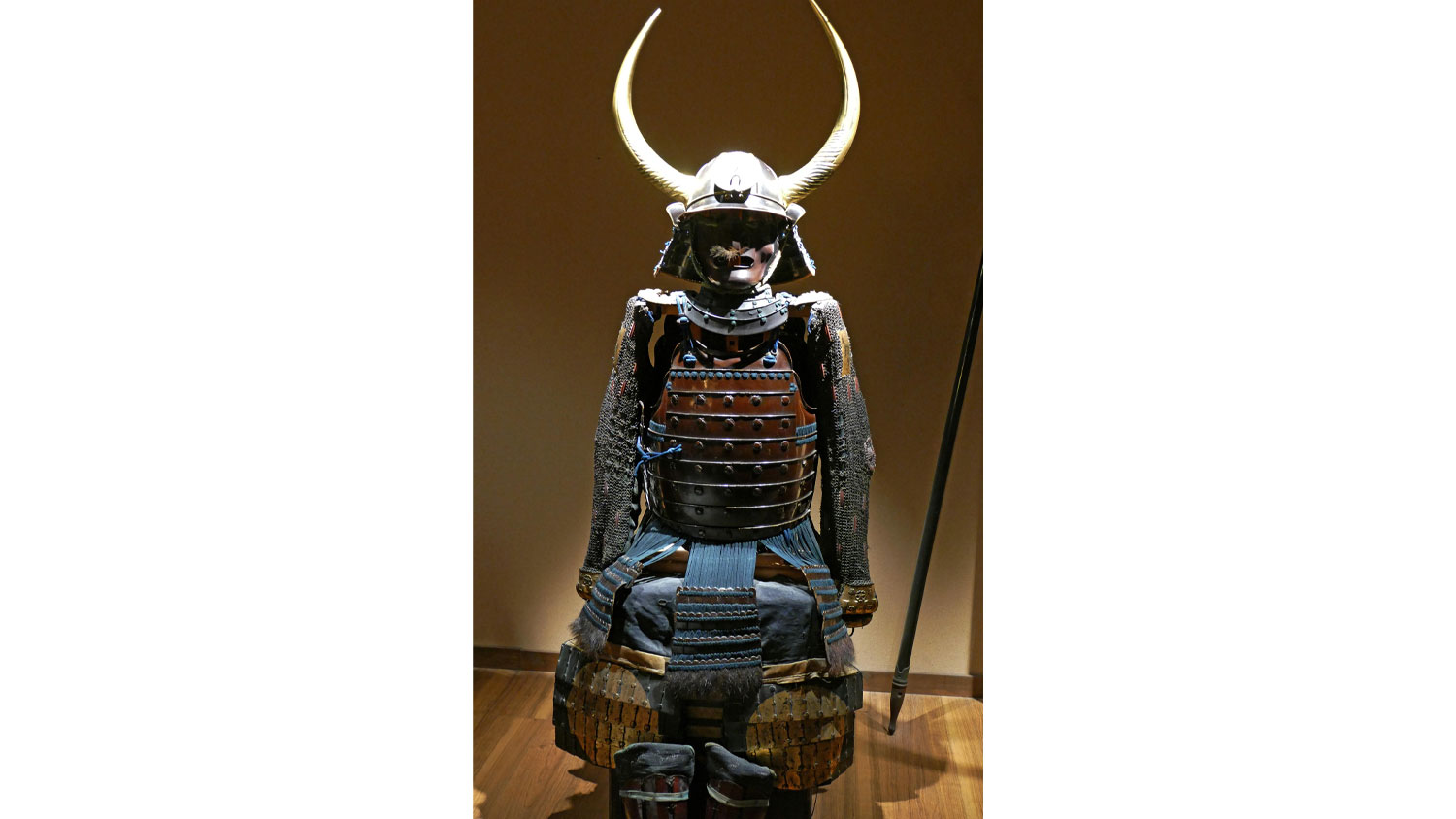
Prof Patalano said: "In some respects it's an exaggerated version of something that would be accurate because Japanese armour, for example, is very different from Western armour of the time.
"Japanese armour is very flexible because it has to favour different types of techniques in wielding swords.
"It's about slicing, it's not about slashing or hammering, which are the principles of European armour.
"So cannonballs thrown in the middle of a grouping of samurais would have created this absolutely horrible thing to see with limbs blown off left, right and centre because armour was made of leather, not metal, and it was designed to favour movement rather than outright protection."
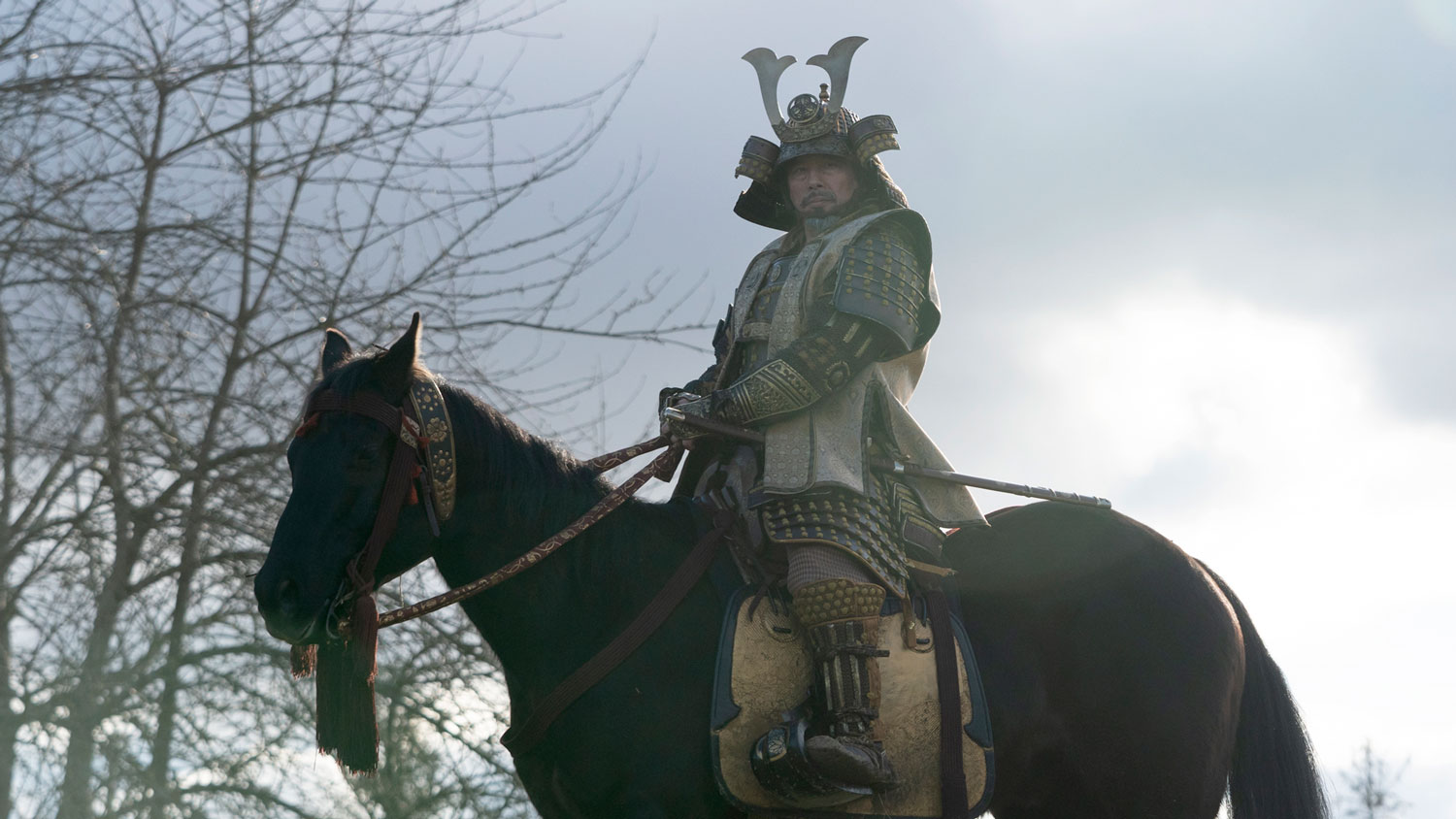
The buccaneering spirit of a Royal Navy sailor
Another detail Prof Patalano thinks Shōgun does accurately is the portrayal of someone who served in the Royal Navy.
Men like William Adams were experienced sailors and gunners, and Prof Patalano says the novel and TV series' character is a fairly accurate representation of some of the key characteristics that the Royal Navy had as an organisation at the time.
He said: "[Adams] is someone that, at heart, has got buccaneering spirit, he doesn't have the same perception that we have today about the risks of life at sea.
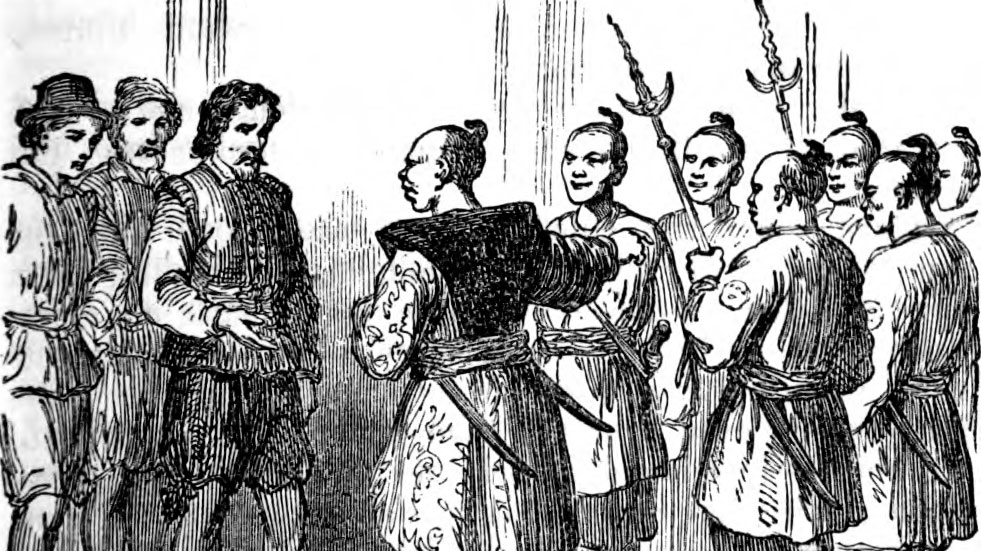
"And in that sense [he's] operating almost in the dark because at the time even the simple charting of navigational pathways was in the very early stages, and of course those who had managed to do so kept it as very highly prized secret.
"You know that you might be away for several years before you go back home so there is an element of a genuine buccaneering spirit, but also very different mindsets and mental attitude towards life at sea from the one that we know.
"He had a fairly good career in that sense because, in the Navy, pilots that would develop that type of skill were highly prized."
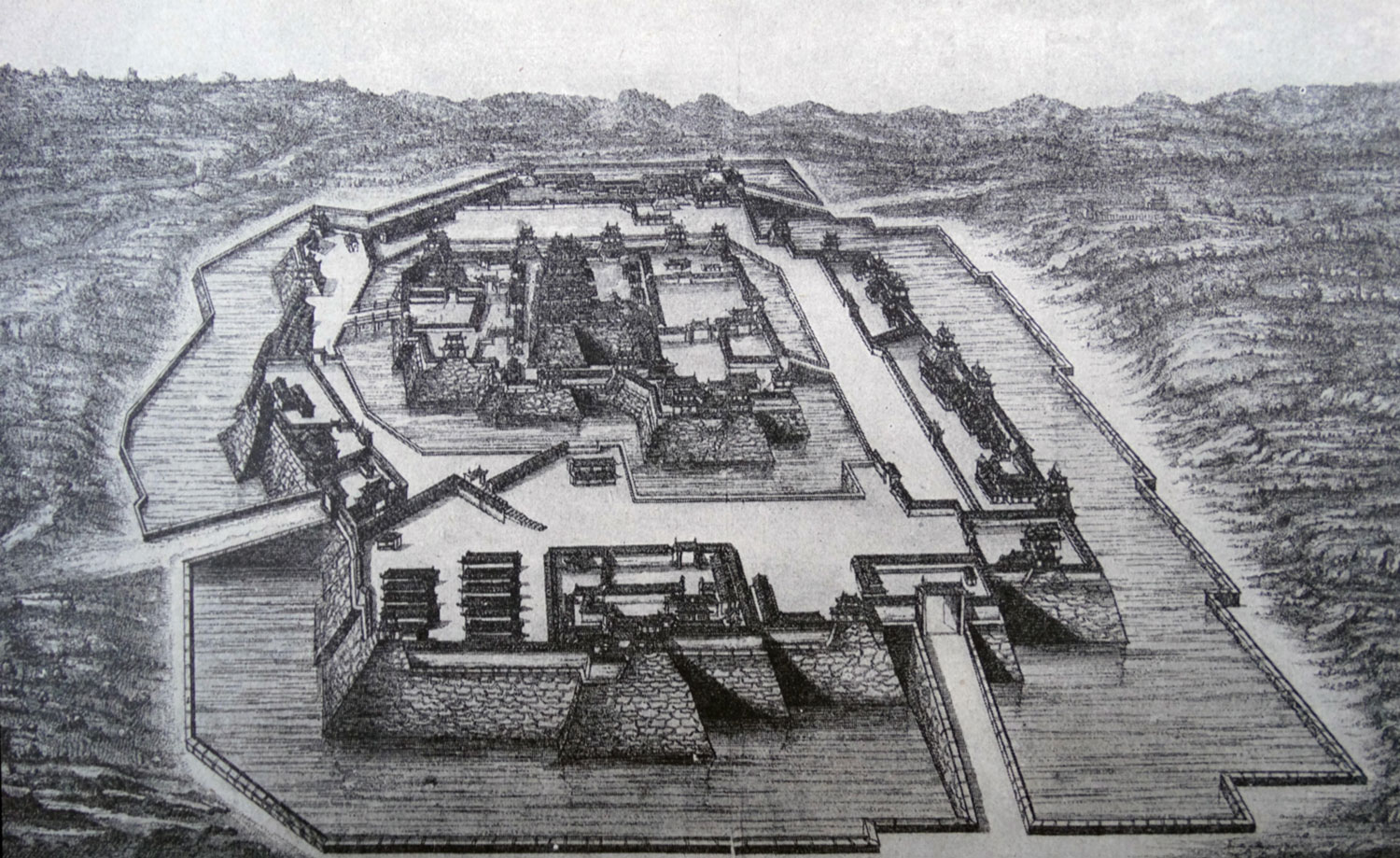
The power of muskets
A location that features often in the series is Osaka Castle, a real-life stronghold that played a vital role in the country's unification during the 16th century.
It is also an area the series creators managed to get right in terms of accurate musket use, as Prof Patalano explains: "In the main scenes in Osaka... there are muskets and trained personnel around – that would have been the reality of the time.
"There would have been somebody that you really highly value, highly prized and you only use at war.
"So the accurate element of representation is that in conversation about how to tactically move your troops and position them, there is an element of the conversation that inevitably leads to where do we put our muskets, battalions?

"Which makes perfect sense because at the time in Japan this would have been like a very highly prized element of your military configuration.
"And so that's accurate.
"The elements of gunnery that we see, they seem fairly accurate despite as I say it's producing effects that perhaps are visually more impactful than would have been the reality of it at the time."
The Multifaceted Samurai
While samurai were brutal in battle, they were also encouraged to be creative and so many became talented artists and poets as seen in Shōgun.
During the Sengoku period and then into the 1600s, during which time the novel and TV series are based, and then on into the Tokugawa period, samurais underwent a transformation.
When at war, samurais were masters of battlefield strategy, martial arts and the sword, but they also had to be politically aware which involved an understanding of Japanese history and philosophy.
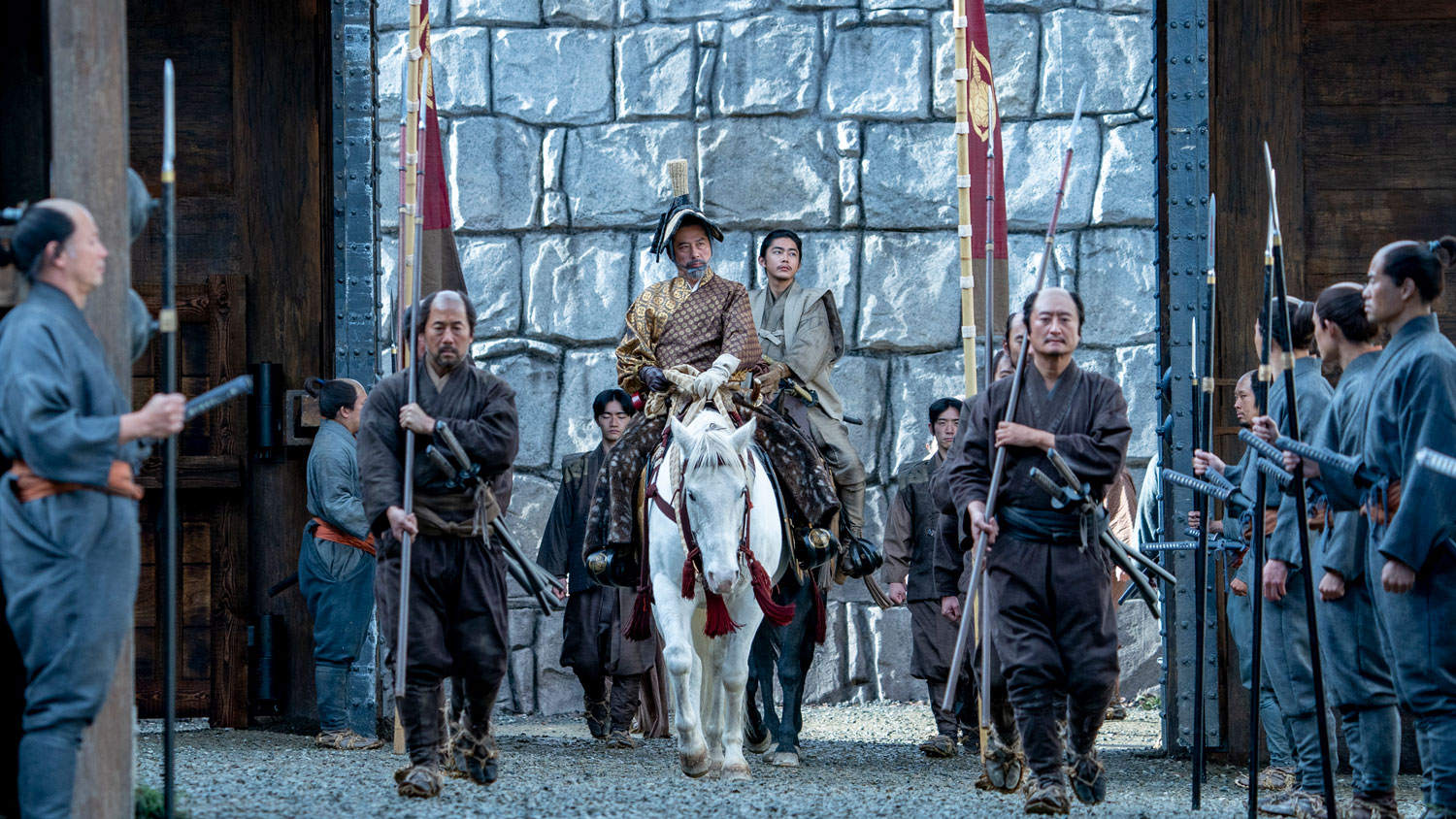
Prof Patalano explained: "Then as things settled down... they basically are the political and civil service elites all rolled into one.
"The learning of how to compose and organise your thoughts and poetry was something that sharpened the mind.
"That allowed to connect the body and the soul and maximises the interaction between the two.
"People would say that your ability to write calligraphy with the fude pen reflected in part your skills as a swordsman.
"Your ability to be able to write poetry with efficacy and precision was also a reflection of your skills in archery."









